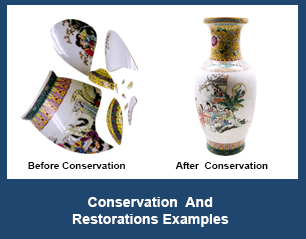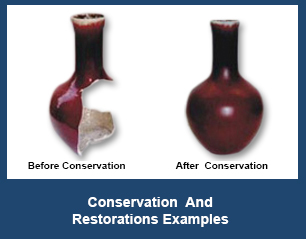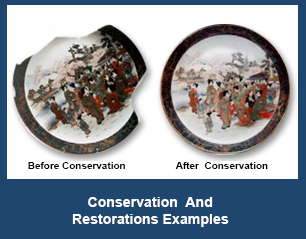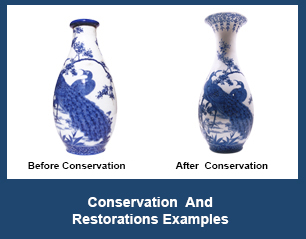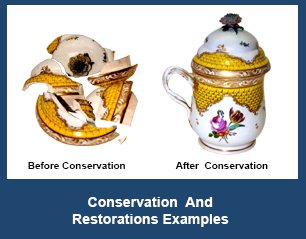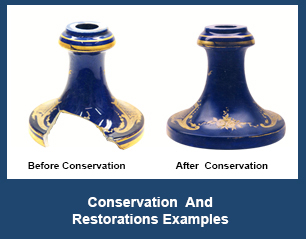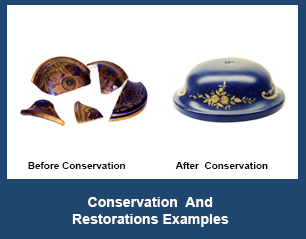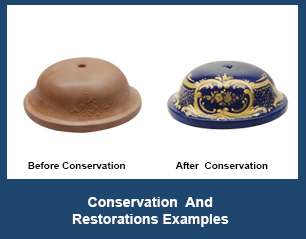China is the birthplace of porcelain. Porcelain has been used in appliances, decoration, insulation and naturally Art. Porcelain is divided into three main categories: soft paste and bone china according to the hardness brought about by the production process.
Chinese Porcelain
The eldest porcelain findings of porcelain date before 1000 BC, during the period of the Shang Dynasty. After a long evolution in terms of aesthetics and baking processes, porcelain took its known form during the period of the Tang Dynasty (618-906). Around that time exports to the Arabic world begun and their commercial value set off.
Around the 17th century exports to Europe started.
Japanese Porcelain
Porcelain came to Japan from China. Differences are found in decorations and drawing techniques.
European Porcelain
For many years, technicians in Europe were trying to create true white porcelain. The first serious but not successful attempt occurred in 16th century Florence. Finally, in the year 1708, the correct combination of materials was discovered in Meissen of Germany setting the beginning of the European porcelain production. In France, soft paste porcelain had already been produced in the Saint-Cloud factory, which is more fragile and with a vulnerable glaze. In England, the French formula was followed. However it was upgraded by adding from bone.
The maintenance of porcelain includes welding of broken parts, completion of voids and aesthetic re-establishment, after studying its characteristics extensively as a technique of production and particularly the expressive traits of each artist.



















